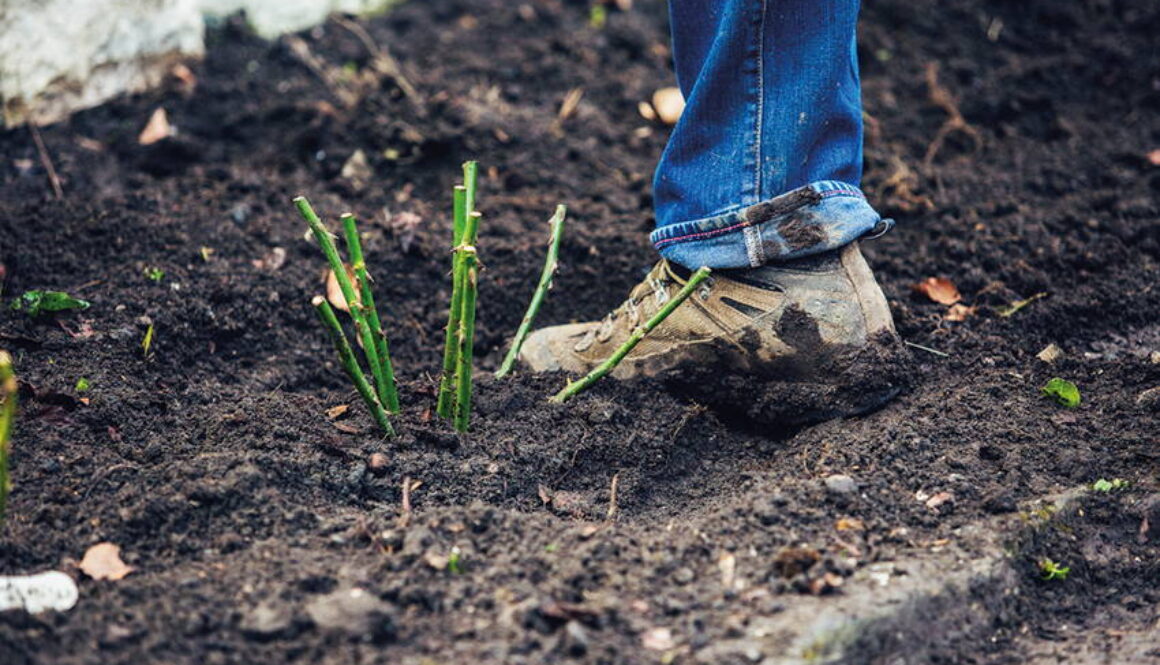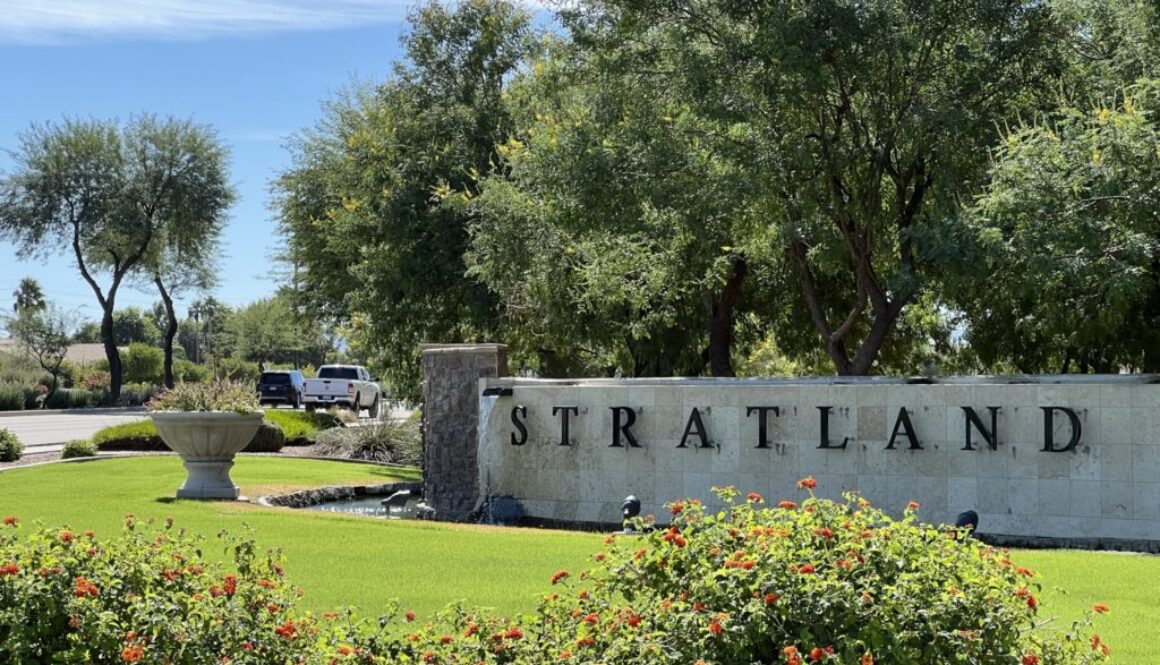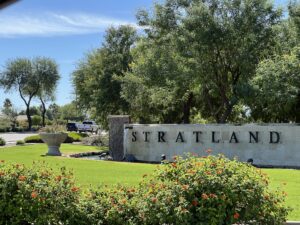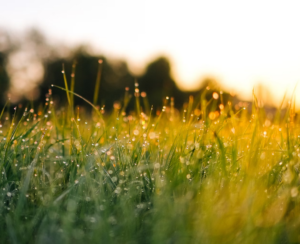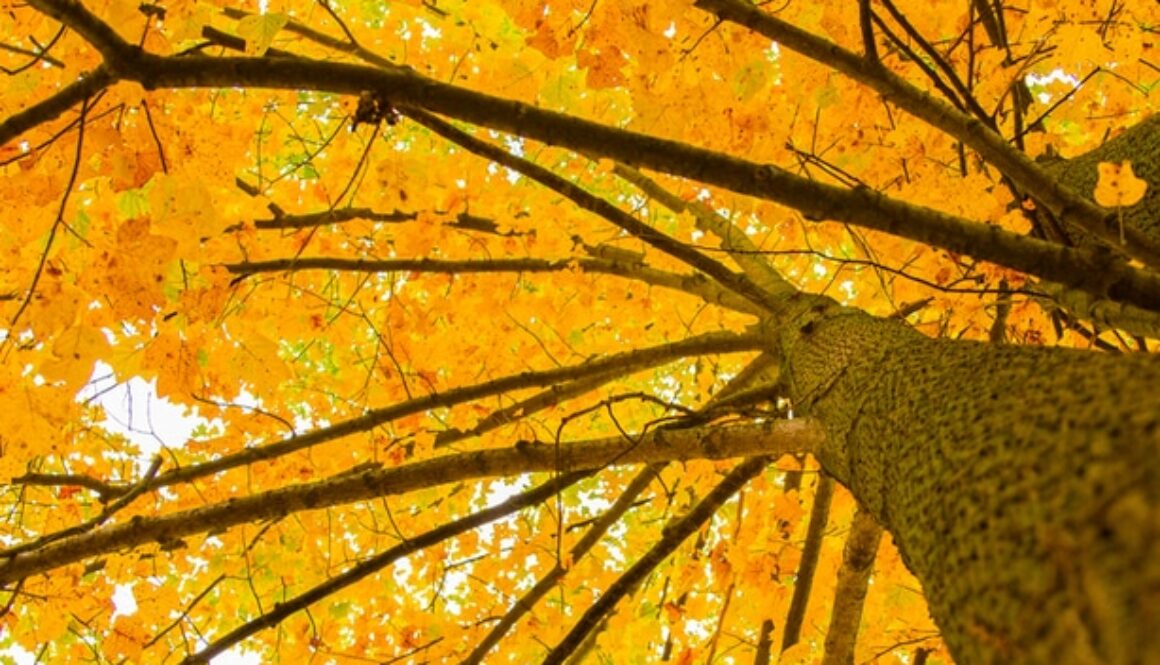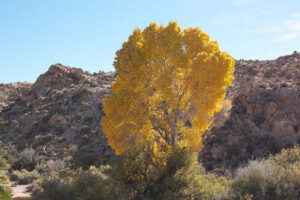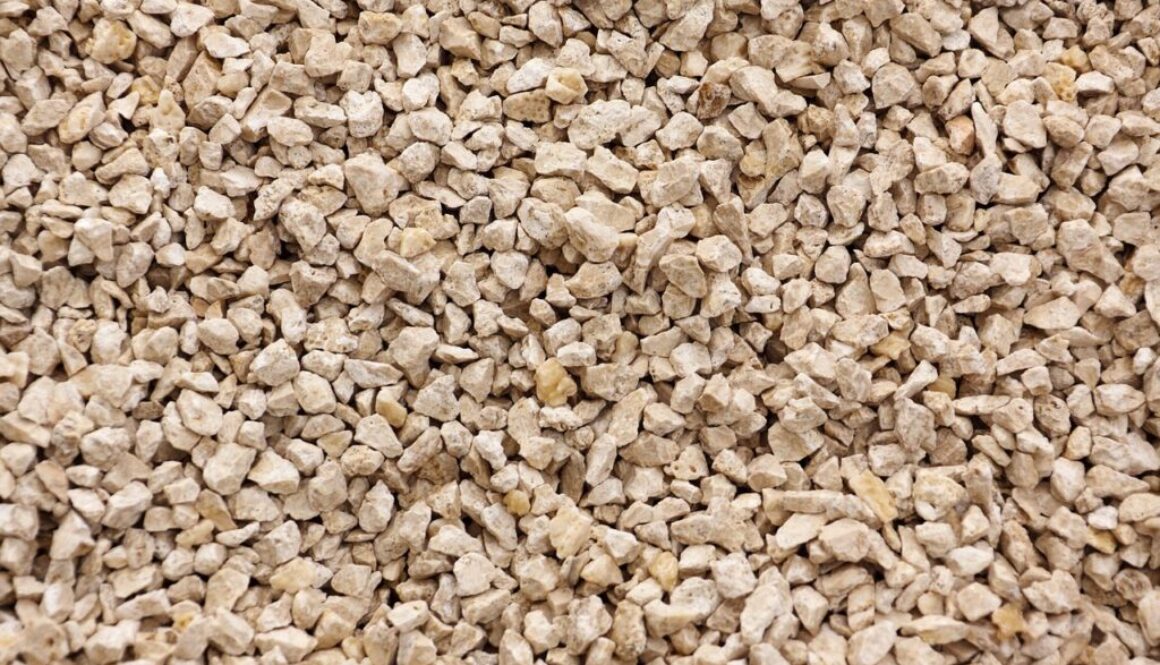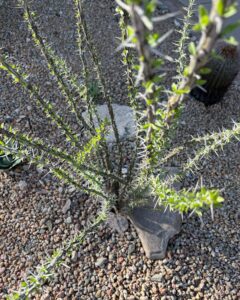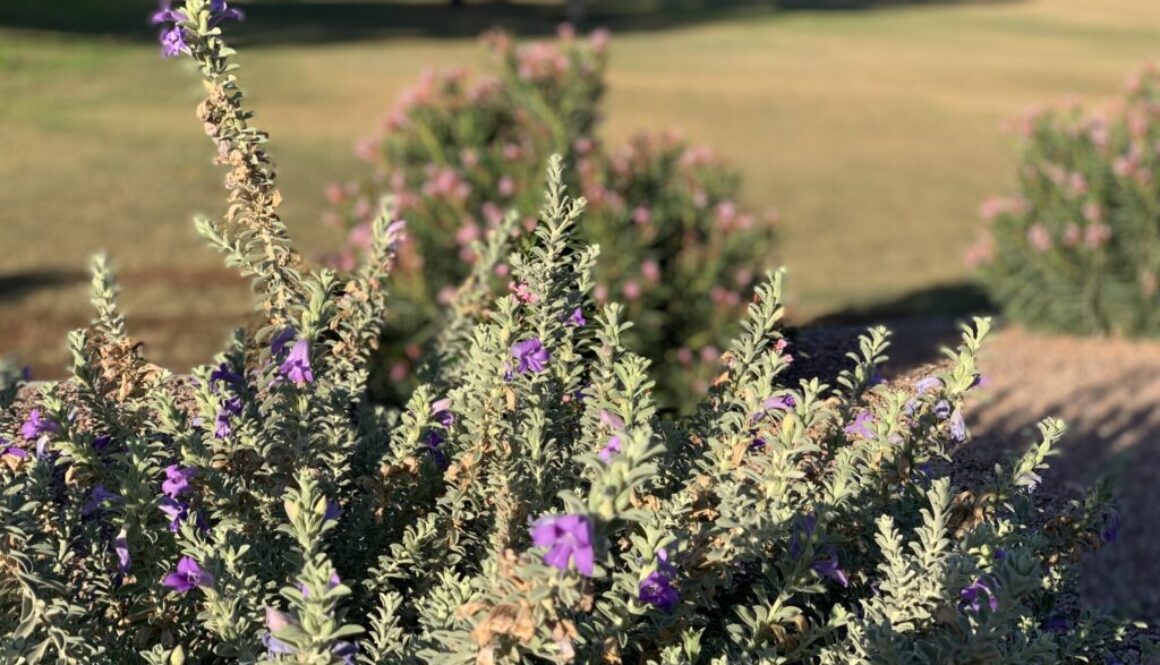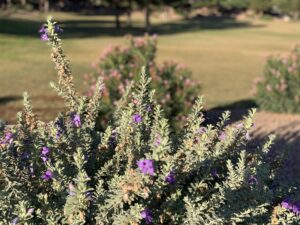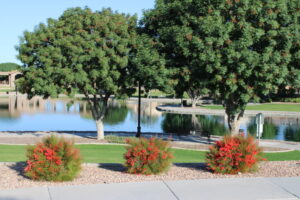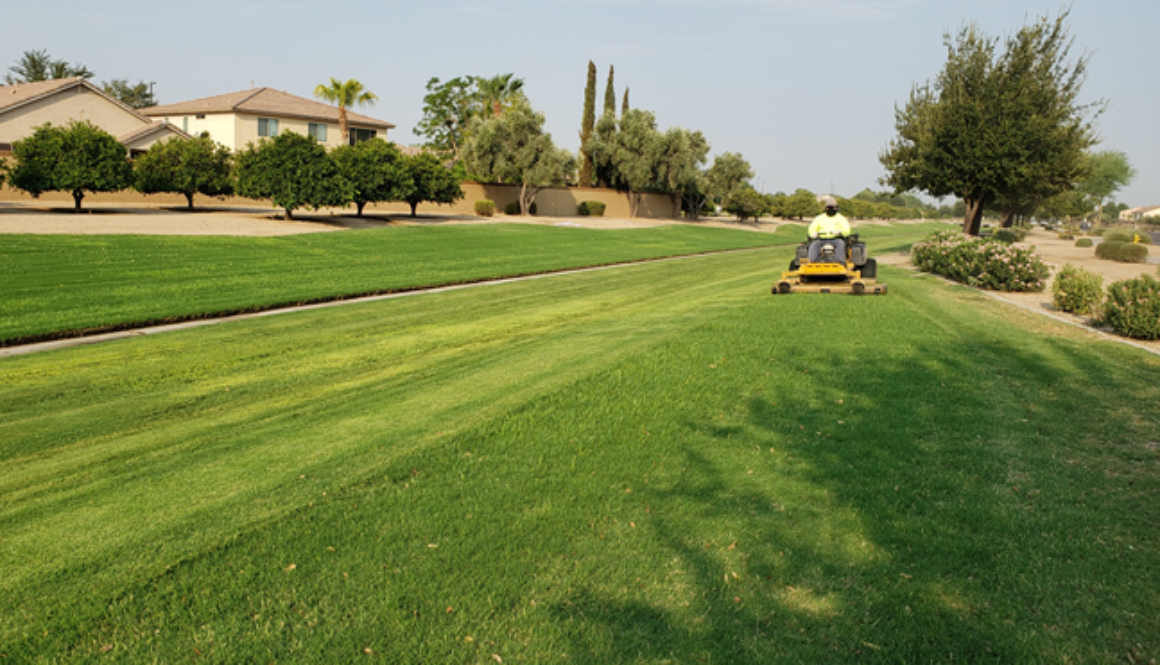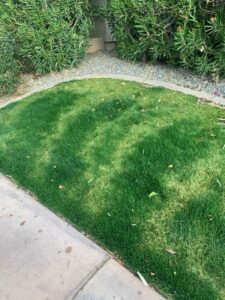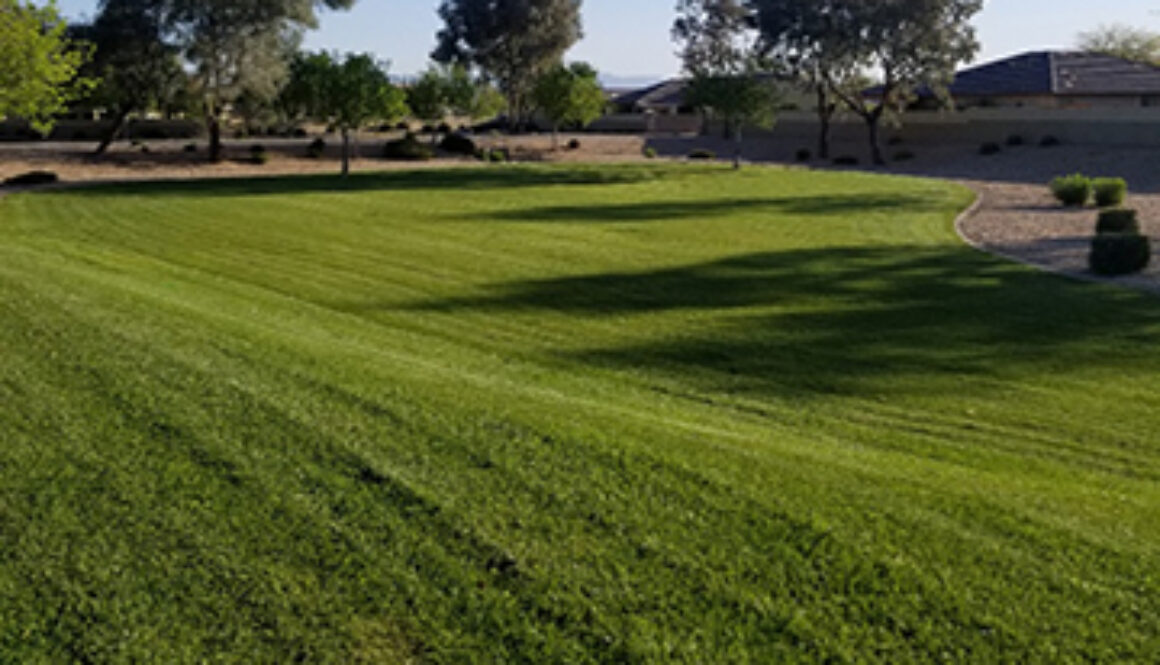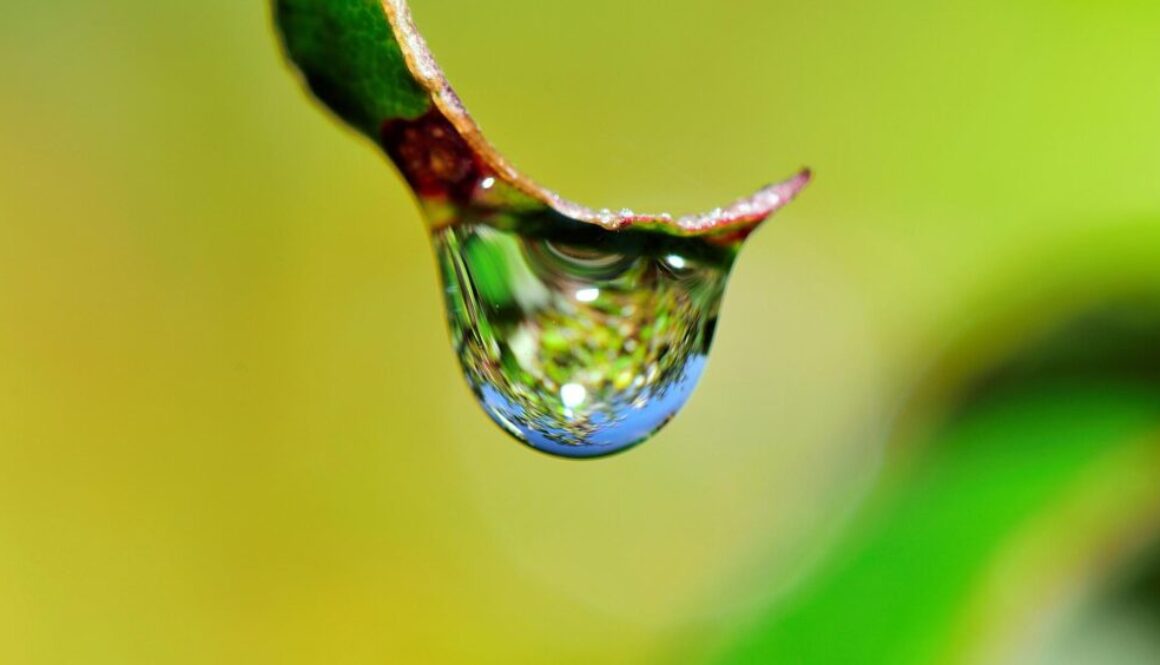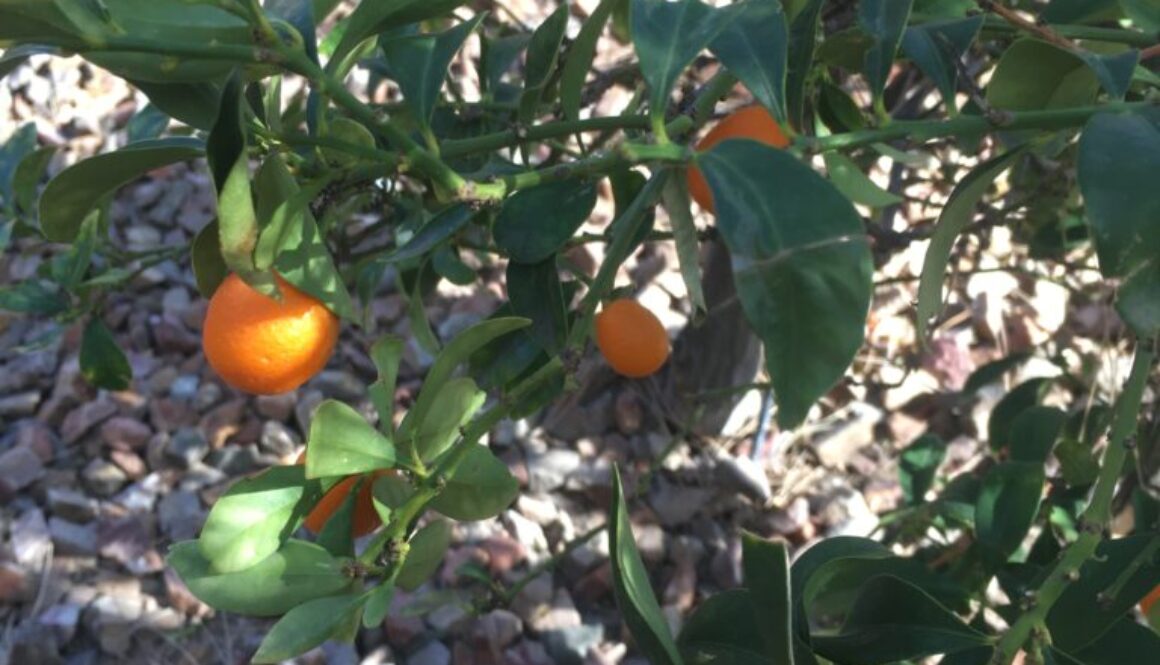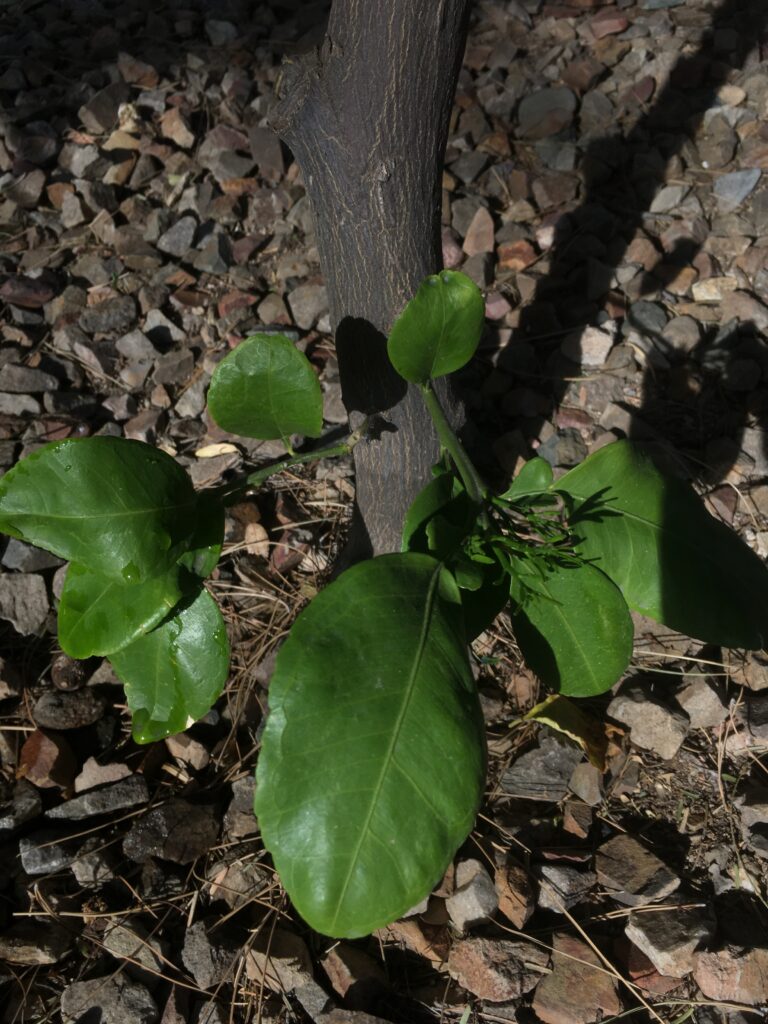Starting Roses from Bare Root Stock
Plant beautiful new rose plants this winter from among the many varieties that thrive in the Arizona sun. Visit some of the lovely rose gardens in our state, like the Encanto Rose Garden in Phoenix, or Mesa Community College to see which blooms catch your eye.
Because they are the most affordable, this article focuses on buying and planting bare root roses. Bare root roses arrive in commercial nurseries in December, but you will want to buy your selections early, because they sell out quickly. Sun exposure can cause your bare root rose plants to begin leafing out, so keep them in a cool dark place, wrapped in their packaging, until planting time.
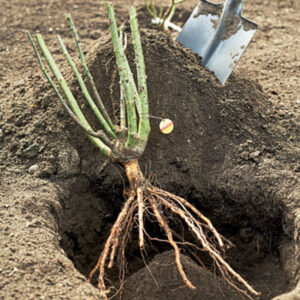
Prepare the Planting Locations
Planting time in the Arizona low desert is January to mid-February, when the danger of hard frost has passed. The day before you plant your new rose, carefully unwrap it and remove all the packing material from the roots. Submerge the bare plant roots overnight in a bucket of clean water and plant the next day.
Choose a location where your new rose will get at least 6 hours of full sun per day and is 3-5 feet apart from other plants to allow for air circulation to avoid diseases. Dig a hole no less than 18 inches wide and deep, which will break up native soil and allow room for new roots to spread.
Amend the native soil you dug out of the hole by mixing 1:1 equal parts native soil and mulch, or 1:1:1 equal parts native soil, compost, and sand or perlite. At the bottom of the hole, sprinkle around 1 cup sulfur, and then pour 1 cup triple superphosphate (0-45-0) into a pile. Over the superphosphate, start adding the amended soil mixture back into the hole to form a cone-shaped mound.
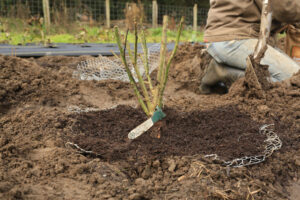
Planting and Caring for Your New Roses
Place the bare root rose on top of the cone, watching carefully that the plant’s bud union stays 2 inches above the soil line. Cover with the remaining soil and press to make firm. Spread a layer of mulch around the top of the new hole, leaving the soil surface bare in a ring directly under the plant to serve as a water well.
Water in the new rose by saturating the surrounding soil to remove pockets of trapped air. Water deeply and generously once per day for the next week, and then once per week into spring. Follow package directions when fertilizing your roses throughout the blooming season and watch for common pests that can damage your blooms or plants.
For more information about rose selection and care in Arizona, consult your local rose society or refer to University of Arizona Cooperative Extension materials at http://cals.arizona.edu/extension/ornamentalhort/landscapemgmt/aclp/rosecare.pdf.

